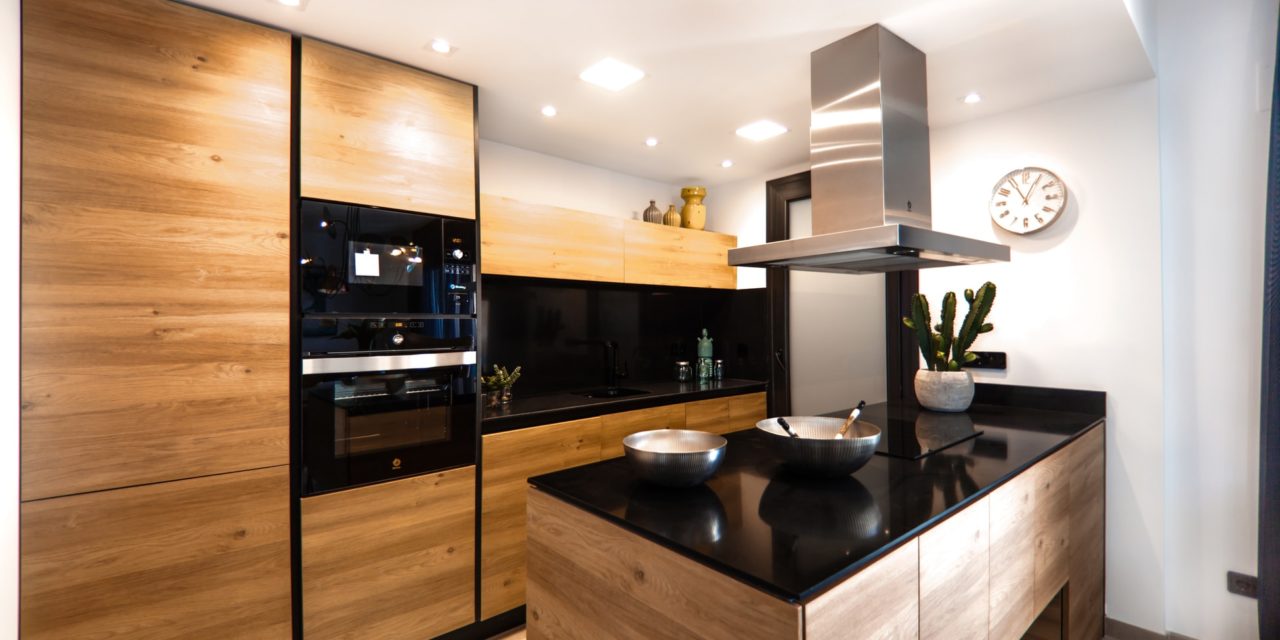[ad_1]
Every improvement in life begins with a dream or vision of something better. Unfortunately, not all dreams become realities; some end up becoming nightmares. Remodeling a home is no exception. According to the Consumer Federation of America, home improvement projects generate more complaints than any other segment of the economy Failure to plan thoroughly is responsible for most of the frustration homeowners experience when remodeling their homes. The saying, “Failing to plan is planning to fail”, was never truer than when remodeling.
Four factors contribute to this expensive lack of preparation. First, remodeling, though not rocket science, does involve a certain amount of specialized knowledge. This simply means that there are principles, practices and terms used in the remodeling industry with which most of us are unfamiliar
Second, the remodeling industry is rather unorganized. From architects to day laborers with every conceivable educational and cultural background, differences in attitudes, methods, languages and practices make uniformity virtually non-existent
Third, most of us live very busy lives. Preparing for a remodeling project of any magnitude places a considerable burden on us physically and mentally. It requires substantial time and energy. Combine this with the nature of the industry and doing the necessary research can seem like jogging through oatmeal in snowshoes.
This brings us to the fourth factor. Contractors often provide client's information enough to keep them engaged while withholding information that might influence them to make choices the contractor doesn't prefer. Once committed to a method, product, material or time frame, it's difficult to make changes without client approval. To avoid this, one simply refrains from being very specific. For example, let's say that the contractor's bid includes the installation of medium grade carpet. What is medium grade? When it's time to select carpet, rest assured the homeowner and contractor will have differing ideas about what constitutes medium grade carpet. If on the other hand the contractor specified the weight, name and manufacturer of the carpet, there is little room for disagreement. Frequently contractors make allowance for such items as floor coverings, cabinetry and fixtures; just as frequently the allowance proves insufficient to cover actual costs of quality material. This makes the initial bid appear low but results in extra costs. These extra charges are written up as “Change Orders” or “Secondary Work Orders”. Many contractors make the lion's share of their money this way. Most of these extras, billed at a higher rate, can be accounted for in a thorough set of plans. The savings can be significant.
So how we do we plan thoroughly? First, envision what you want. Don't be concerned now with what's feasible. Just allow your imagination to explore possibilities. Next, gather anything that illustrates what you want, like and prefer. Write down ideas regarding the project. Clip pictures from magazines, visit home shows and model homes, sketch floor plans, watch HGTV and take pictures of features you like in other homes. This helps to clarify your thoughts and communicate with designers and contractors.
Next, hire a competent designer; someone who can capture your ideas on paper. These preliminary drawings enable you to evaluate floor plans and elevations and get a feel for how things will look. A word of caution; many contractors, as well as kitchen and bath companies, have or work with a designer. This designer knows the capabilities and preferences of the company they work for. In order to avoid being led to a predetermined set of choices, hire your own designer whose agenda will be to learn what you want and help you plan the best way to obtain it. You'll save money and have a better chance of discovering all your options.
When the preliminary drawings are revised to your satisfaction, the designer will add details, convert them to working drawings, obtain necessary engineering, and submit them to the city for approval. Once approved, you'll be ready to take bids.
Finally, invest time becoming familiar with your plans before putting them out for bid. You'll feel better understanding what's involved and the contractors you meet will realize you are knowledgeable enough to catch mistakes. Honest, professional contractors appreciate well informed clients.
So to make your remodeling dream a reality:
o Get clear on what you want; gather material to help you communicate it.
o Hire a competent designer to turn your ideas into plans.
o Study your project; it means more to you than anyone else.
o Get it in writing; compare, check and verify.
[ad_2]
Source by Wm David Allen


